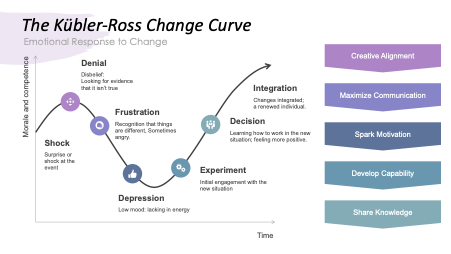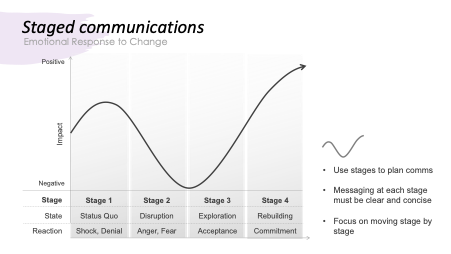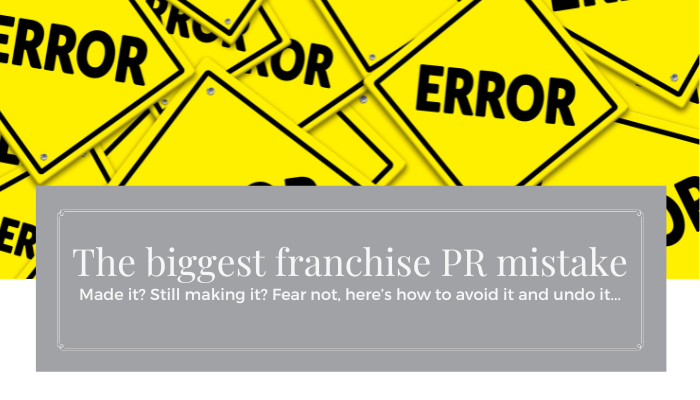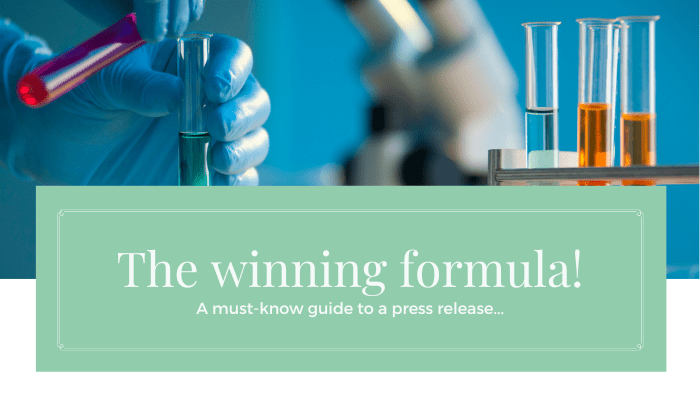Before we get started, for anyone who doesn’t work in a PR disciple or function, it’s good to have a quick reminder that public relations is about communicating with all of your audiences. And that includes your internal stakeholders too.
We’re going to hazard a guess and say that internal comms probably isn’t top of your agenda right now. And you wouldn’t be alone – it’s often something that gets completely overlooked by most brands. But what you say and how you say it, internally, is just as important as any message you put out publicly. Especially as we transition through the easing of lockdown restrictions. And, if you’re a franchisor reading this then you need to remember that your internal comms should include your franchisees, your staff and any investors too. This means it’s not a case of one-size-fits-all in terms of messaging.
Communicating through change
Tempting though it often is, you can’t go from A-Z at 90mph and expect everyone to either accept what you’re saying or be immediately comfortable with it. There’s a really easy way to demonstrate why that is and it’s something you can use to plan your internal comms. You’ve probably heard of it already but maybe not thought about it in this context – the Kubler-Ross Change Curve. The model below demonstrates how emotional responses impact from a business perspective, affecting morale and competence levels over time. Thinking about your internal comms in this way really helps you to see what you need to be saying, when and why. Clever huh?

The five key markers for your internal comms strategy are listed down the right-hand side. Essentially, the comms you should have done up to this point during the pandemic address the pain, shock and denial phases leading into the frustration dip. That will have (or should have!) involved lots and lots of communication, lots of reassurance, lots of clear information and regular updates.
Thinking about future comms, most businesses are probably in the second stage of the curve where stakeholders are at the bottom of the trough: low in mood and lacking in energy. It’s likely that you now need to spark motivation and outline what the new normal looks like, as well as how it’s going to work for people in practice. Working along the curve helps you to formulate your internal content and messaging to reflect that. You should now be able to see why, as we said at the beginning, you can’t expect to rush people through from the initial shock of what’s happened to out the other side where they accept the new norm and are equally as productive and efficient. There’s a lot going on in the middle that you need to help them navigate through your internal comms programme.
You can also think about the curve as being broken down into stages. This helps you to focus on not moving too fast and remember that your comms need to transition your stakeholders from one stage to the next.

Used in this context, the change curve is a very useful planning tool. Why not try this exercise in-house? It’s ideal if you’re starting from scratch and if you’ve got an internal comms plan mapped out, you can sense check it against the strategy and stages.
Plan your comms to protect your brand
Whether you use that change curve as a basis for your internal comms or not, you need a separate plan for each set of stakeholders. A three to six-month plan needs to detail your content. What are you actually saying, the timing – when you are saying it – and what channels you are saying it through? Those things will be different for each audience.
You can really go a long way to protecting your brand culture by getting this right. Lots of people are still working remotely, meetings and conferences are cancelled, there are staff on furlough – staying connected is so important. Remember to include everyone in your comms plan and try to think about how you can add value for them along the way.
You might be thinking that sounds like an awful lot of work… and it is. But with good reason. How important is it that your staff remain motivated and bought in; confident in their positions and in the knowledge their future is secure? Is it not absolutely vital that franchisees feel supported, remain invested in their businesses and don’t give up? And, in months to come, tell prospective franchisees how much you were there for them through this? In times of change, good communication often influences people’s perception of what you do more than how well you actually do it.
If internal comms has completely fallen off your radar, or you have no idea where to get started, then drop us a line. You can also follow TeamRev on social media for more tips: LinkedIn, Twitter or Instagram






